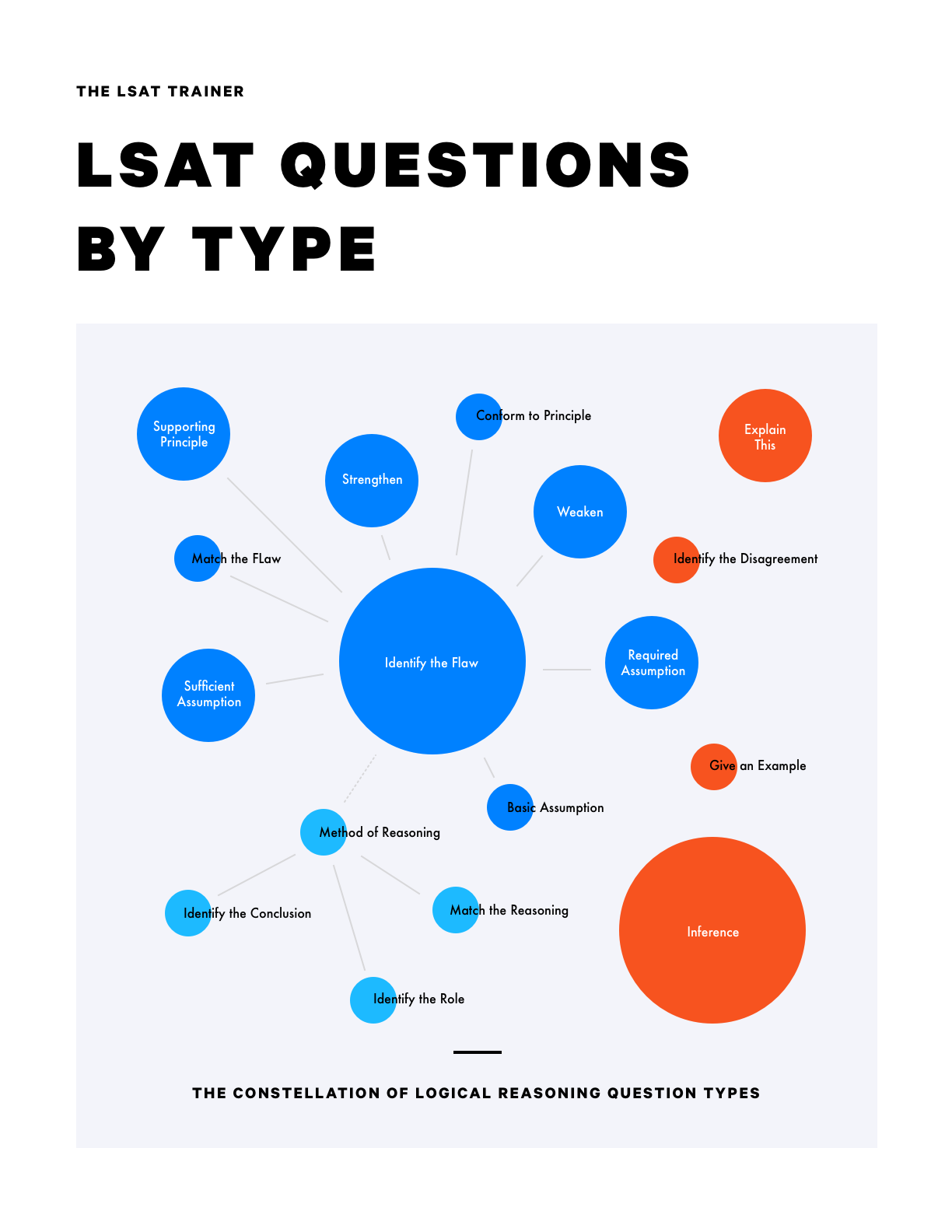Game 1
Step 1
Per the given scenario, we can write out the six elements to be placed - H, L, N, O, P, and S - and we can lay out the five positions to be assigned, in order, and the one position not assigned.
Step 2
Per the first rule, we can notate that H cannot go in 5, and that it cannot go in the out position.
Step 3
Per the second rule, we can notate that if O is visited, it must be visited immediately before H.
Step 4
Per the third rule, we can notate that if L is visited, it is visited on a Wednesday.
Step 5
Per the fourth rule, we can notate that N and S cannot be consecutive, and that they cannot go in the out position.
Step 6
We can note that P is not directly restricted by any of the given rules.
Game 2 (Option 1)
Step 1
Per the given scenario, we can write out the six elements to be placed - J, K, L, M, O, and P, and we can lay out the positions to be assigned - at least one, and up to three, for groups 1, 2, and 3.
Step 2
Per the first rule, we can assign M to 3.
Step 3
Per the second rule, we can notate that neither O nor P can be assigned to 1.
Step 4
Per the third rule, we can notate L is with K or M, but not both. We can also infer from this that K and M cannot be together, and cross out K from group 3.
Step 5
Per the fourth rule, we can notate that O in 2 means J and K are together, that J and K together means O is in 2, O not in 2 means J and K are not together, and J and K not together means O is not in 2.
Game 2 (Option 2)
Step 1
Per the given scenario, we can write out the six elements to be placed - J, K, L, M, O, and P, and we can lay out the positions to be assigned - at least one, and up to three, for groups 1, 2, and 3.
Step 2
Per the first rule, we can assign M to 3.
Step 3
Per the fourth rule, we can split the game up into two frames, one in which O is assigned to 2, and one in which O is not. For the frame in which O is not, since, per the second rule, O can’t be assigned to 1, O must be assigned to 3.
Step 4
In the first frame, per the second rule, we can notate that P cannot be assigned to group 1, and that P must thus be assigned to 2 or 3.
Step 5
In the first frame, we have the J, K pairing and the L as the only remaining elements that can go into group 1. However, L couldn’t go into group 1 by itself (per the third rule), so regardless of what happens with L, in the first frame, the J, K pairing must go into group 1.
Step 6
In the first frame, per the third rule, we can infer and notate that L must be in groups 1 or 3.
Step 7
In the second frame, per the second rule, P can’t be assigned to group 1.
Step 8
In the second frame, per the third rule, we can notate that L must be with K or M, but not both.
Step 9
In the second frame, per the fourth rule, we can notate that J and K cannot be together.
Game 3
Step 1
Per the given scenario, we can write out the six elements to be placed - R, S, T, V, Y, and Z, and we can lay out positions in three groups - L, M, and P - with an indication that each group gets at least one element.
Step 2
Per the given scenario and the fourth rule, we can create two frames, one with both Y and Z assigned to P and the other with neither assigned to P.
Step 3
Per the first rule, we can notate that the M must get exactly two assignments.
Step 4
Per the second rule, we can notate that S and T must be assigned together.
Step 5
Per the third rule, we can notate that V and Y cannot be assigned together. From this, we can infer that in frame 1 when Y is assigned to P, V cannot be assigned to P.
Step 6
We can note that R is not directly restricted by any of the given rules.
Game 4 (Option 1)
Note that for this game we are using the arrow symbol to represent transmitting the virus between computers.
Step 1
Per the given scenario, we can write out the six elements to be placed - P, Q, R, S, T, and U.
Step 2
Per the first rule, we can notate that no element transmitted the virus to more than 2 other elements.
Step 3
Per the second rule, we can notate that S transmitted to exactly 1 other element.
Step 4
Per the third rule, we can notate that the same element transmitted the virus to both S and R. We can connect this to our notation for the second rule.
Step 5
Per the fourth rule, we can notate that either R or T transmitted the virus to Q.
Step 6
Per the fifth rule, we can notate that either T or U transmitted the virus to P.
Game 4 (Option 2)
Note that for this game we are using the arrow symbol to represent transmitting the virus between computers.
Step 1
Per the given scenario, we can write out the six elements to be placed - P, Q, R, S, T, and U.
Step 2
Per the first rule, we can notate that no element transmitted the virus to more than 2 other elements.
Step 3
Per the second rule, we can notate that S transmitted to exactly 1 other element.
Step 4
Per the third rule, we can notate that the same element transmitted the virus to both S and R. We can connect this to our notation for the second rule.
Step 5
Per the fourth rule, we can split our diagram into two frames, one in which R transmits to Q, and another where T transmits to Q.
Step 6
Per the fifth rule, we can split our frames up further (into 1A and 1B and 2A and 2B), based on whether T or U transmits to P.
Step 7
In frame 1A, we can notate that the T - P pairing and the U are the elements not already on the diagram.
Step 8
In frame 1B, we can notate that the U - P pairing and the T are the elements not already on the diagram.
Step 9
In frame 2A, we can notate that the T - Q, P trio, along with the U, are the elements not already on the diagram.
Step 10
In frame 2B, we can notate that the T - Q pairing and the U - P pairing are not on the diagram.



